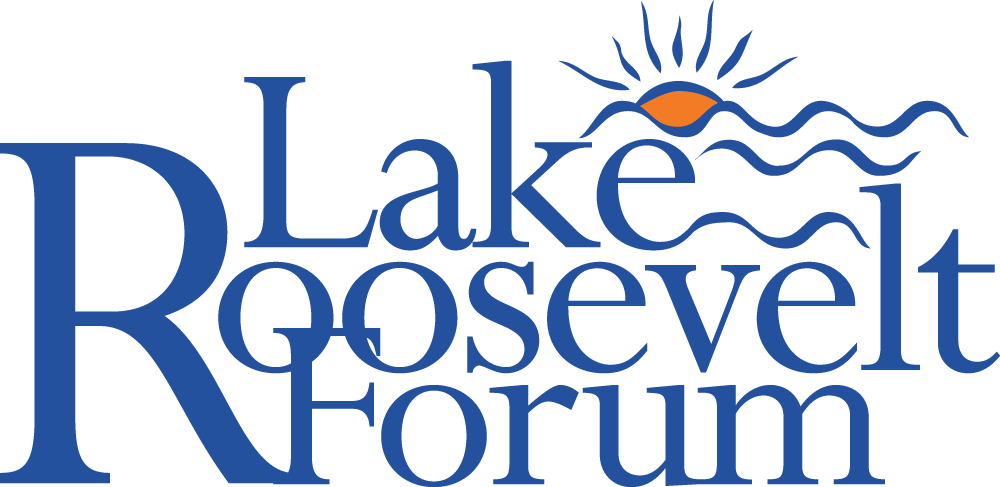Because of U.S. government and tribal ownership of these lands, Lake Roosevelt offers mile after mile of shoreline that the public can easily access for recreational use.
Management of the lake and its shoreline is a cooperative effort that includes the Bureau of Reclamation, the National Park Service, the Confederated Tribes of the Colville Indian Reservation, the Spokane Tribe of Indians, and the Bureau of Indian Affairs (the five partners).
Because of U.S. government and tribal ownership of these lands, Lake Roosevelt offers mile after mile of shoreline that the public can easily access for recreational use. The beauty of the area and its openness to the public are driving forces in it being a destination spot for up to 1.5 million visitors a year.
In 1990, the five partners signed a cooperative management agreement (commonly referred to as the 5 Party Agreement) that guides and specifies areas of responsibility and management.
The area managed by the partners is referred to as the Lake Roosevelt Management Area (LRMA). This area encompasses the waters and lands up to a lake elevation of 1,290 feet above sea level. It also refers to lands surrounding the lake that are above elevation 1290, are owned by the U.S. government, and are part of the Columbia Basin Project.
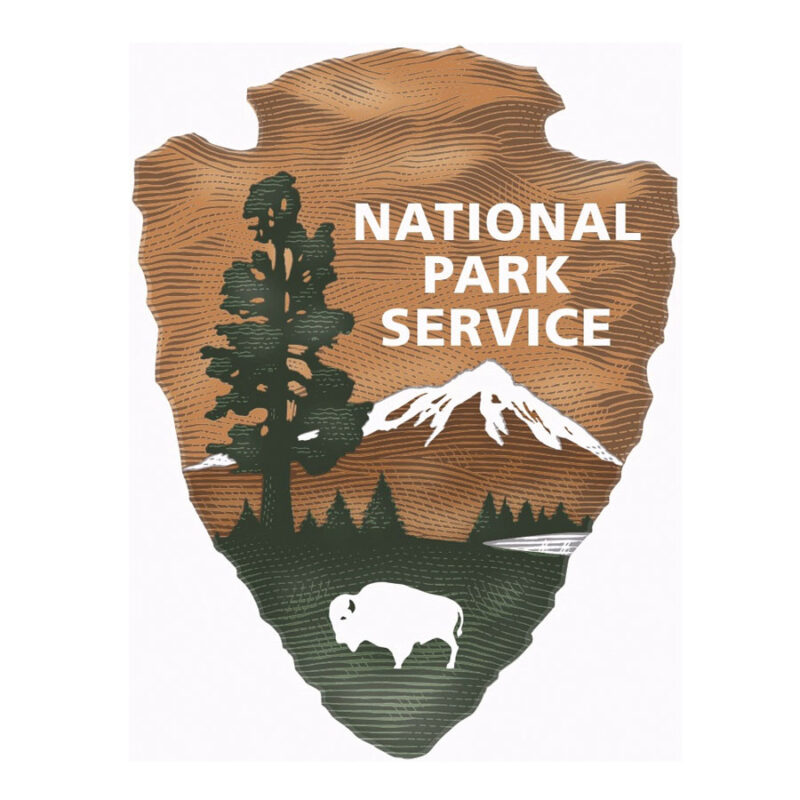
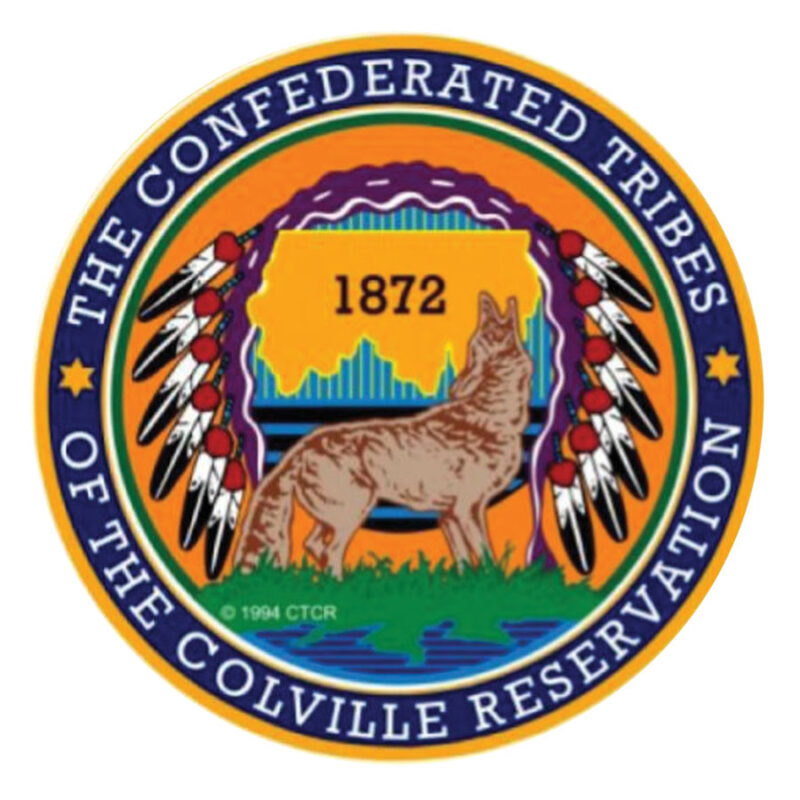
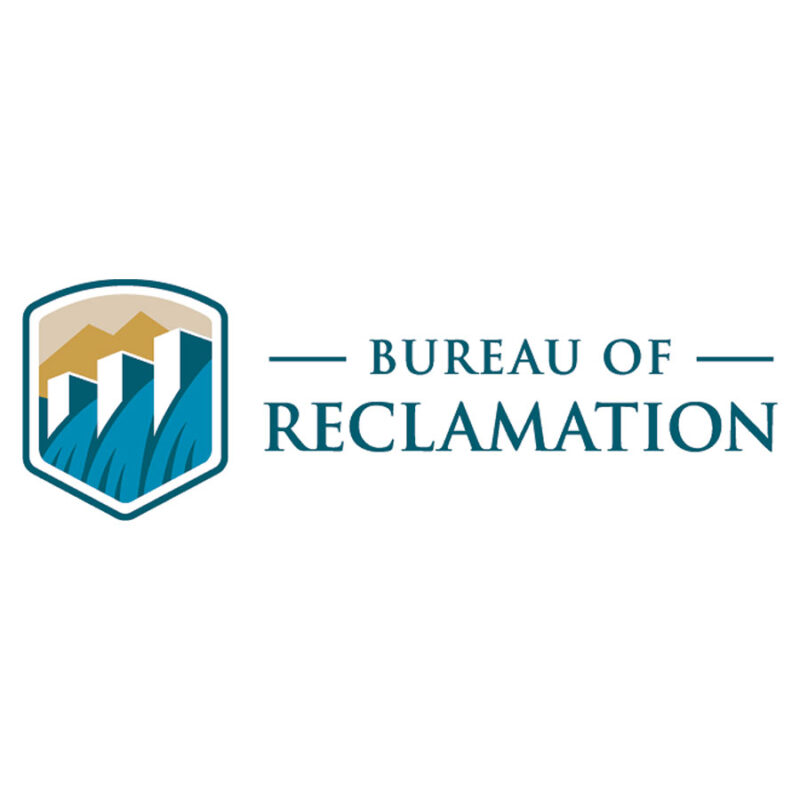
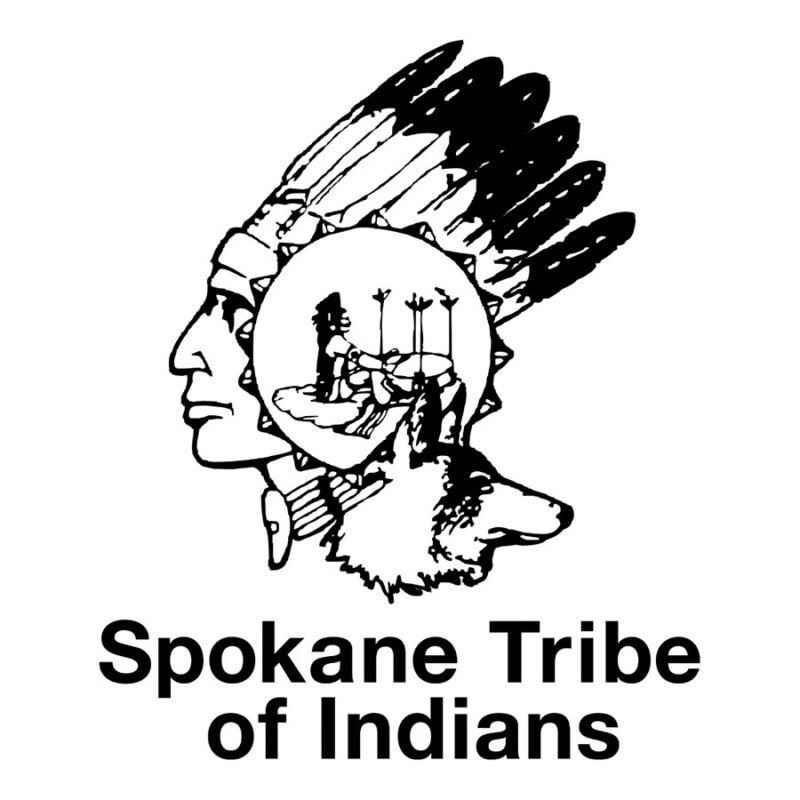
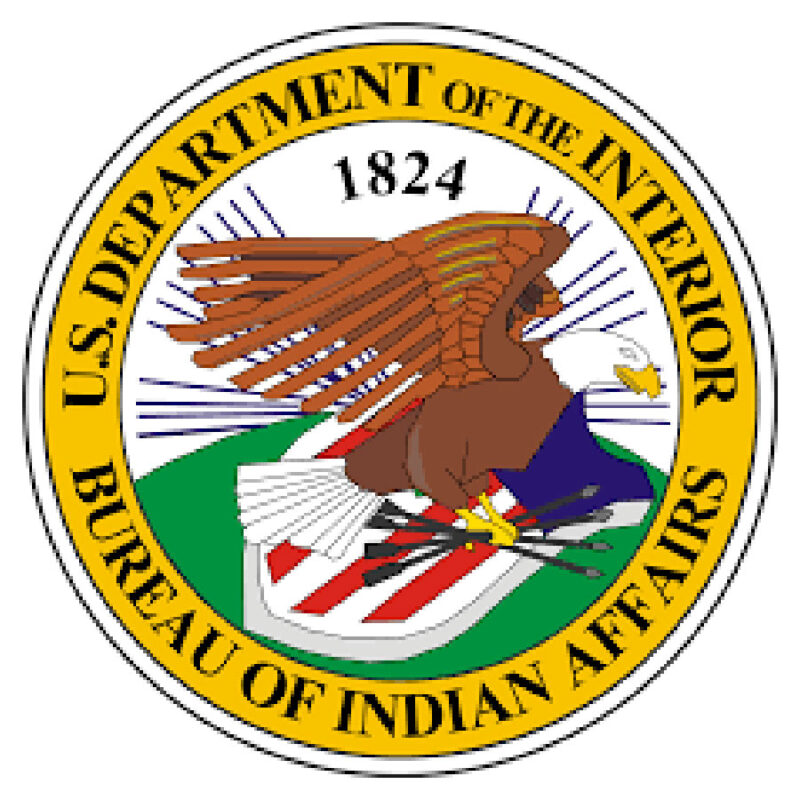
Specific areas of responsibility and jurisdiction can be summarized as follows:
The Bureau of Reclamation: The Bureau built and operates the Columbia Basin Project, which includes Grand Coulee Dam. Their responsibilities include operational control of the flow and utilization of water at the Grand Coulee Dam and Project facilities operated by Reclamation.
The National Park Service: The Park Service manages Lake Roosevelt National Recreation Area. Responsibilities include providing recreation and protecting cultural and natural features in the recreation area. The recreation area includes the portion of Lake Roosevelt and adjacent federally-owned shoreline not within the Colville and Spokane Indian Reservations. Portions of the shoreline and water surface managed by the Park Service include about 312 miles of shoreline, 47,438 acres of the 81,389-acre water surface, and 12,936 acres of land. In 2000, the Park Service adopted a new General Management Plan for the national recreation area. This plan will guide management and development activities the next 15 to 20 years. This includes guidelines for such things as camping, concessionaires, cultural resource preservation, and natural resource protection.
The Spokane Tribe of Indians and the Confederated Tribes of the Colville Reservation: Each tribe has regulatory authority within their reservation, shoreline, and waters (which extend from their shoreline to the middle of the river channel/lake). Within the lands and waters they manage, each tribe sets and enforces a broad range of regulations. Examples include fish and wildlife preservation and protection, recreation, economic development, and cultural, historical and archaeological resources.
The Bureau of Indian Affairs (BIA): BIA provides management and resource assistance to the tribes.
Two additional federal agencies, the Bonneville Power Administration (BPA) and the Army Corps of Engineers (COE), work regularly with one or more of the five partners on management activities. BPA schedules power generation at Grand Coulee within the constraints of meeting the Columbia Basin Project’s multiple uses. Additionally, BPA funding to the tribes and others is used to mitigate fish and wildlife losses caused by the construction of the Columbia River Federal Hydropower System. The Army Corps of Engineers is responsible for coordinating lake levels to meet flood control needs.
And finally, the five partners also work closely with state and county agencies to meet fishery, wildlife, emergency response, cultural resource and other needs.
